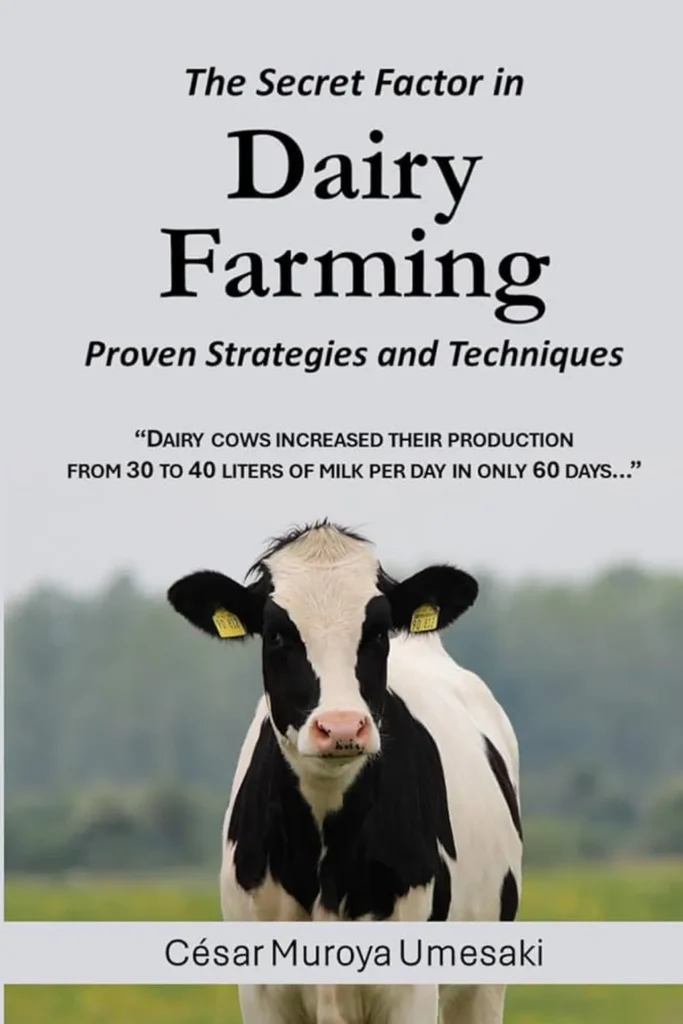In the ever-evolving landscape of dairy farming, understanding the genetic nuances of milk production can unlock significant improvements in efficiency and profitability. A recent study published in the journal ‘Animal’ sheds light on the genetic parameters influencing udder quarter milk yield and milking traits in Holstein cattle, offering valuable insights for breeders and farmers alike.
The research, led by B. Sitkowska from the Department of Animal Biotechnology and Genetics at Bydgoszcz University of Science and Technology, focused on primiparous Polish Holstein-Friesian cows. The study analyzed data from 1,891 cows housed in 23 free-stall barns and milked using automated milking systems. The findings reveal that rear udder quarters produce approximately 1 kg more milk per quarter than front quarters, a detail that could influence breeding strategies and udder health management.
“Our study highlights the importance of considering udder quarters individually when evaluating milk production traits,” Sitkowska noted. “This granular approach can help in selecting cows with better milking characteristics, ultimately enhancing overall productivity.”
The study estimated genetic parameters for various traits, including milk yield, milking time, milking speed, electrical conductivity, attachment number, and attachment time. Heritability values varied across udder quarters and lactation phases, with electrical conductivity showing the highest heritability in the left rear quarter. This suggests that genetic selection could be particularly effective in improving this trait.
The commercial implications of this research are substantial. By understanding the genetic and environmental factors influencing milk production, dairy farmers can make more informed decisions about breeding and management practices. For instance, selecting cows with higher milking speed and lower attachment time could reduce labor costs and improve the efficiency of automated milking systems.
“Improving the genetic potential of dairy cows is not just about increasing milk yield; it’s about enhancing overall efficiency and sustainability,” Sitkowska explained. “Our findings provide a roadmap for breeders to focus on traits that have the most significant impact on productivity and animal welfare.”
The study also underscores the importance of considering common environmental effects, which were found to be substantial for traits like electrical conductivity and milking speed. This highlights the need for optimal management practices to complement genetic improvements.
As the dairy industry continues to embrace technology and data-driven decision-making, research like this paves the way for more precise and effective breeding programs. By leveraging these insights, farmers can achieve higher productivity, better animal health, and ultimately, a more sustainable and profitable dairy sector.
For those interested in the technical details, the study was published in the journal ‘Animal’ and was led by B. Sitkowska from the Department of Animal Biotechnology and Genetics at Bydgoszcz University of Science and Technology. This research not only advances our understanding of dairy cattle genetics but also offers practical tools for the agricultural community to enhance their operations.

